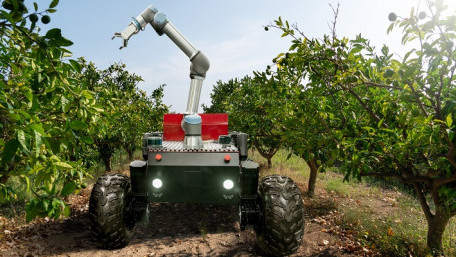
Agriculture is an industry ‘ripe’ for technology, but what obstacles and opportunities lie in front of the cutting-edge innovators of the field?
Agriculture is an industry ‘ripe’ for technology, but what obstacles and opportunities lie in front of the cutting-edge innovators of the field?
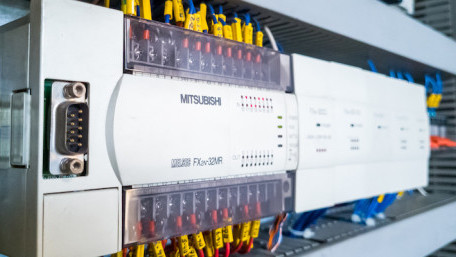
Mitsubishi's FX series PLC is one of MELSOFT GX Developer’s most popular automation solutions for small and…
Mitsubishi's FX series PLC is one of MELSOFT GX Developer’s most popular automation solutions for small and medium-scale applications. Learn how to use GX Developer software to program the FX series PLC.

Vibration sensors measure the mechanical vibration of an object, making it possible to monitor machines for early signs…
Vibration sensors measure the mechanical vibration of an object, making it possible to monitor machines for early signs of failure to prevent costly and dangerous breakdowns.
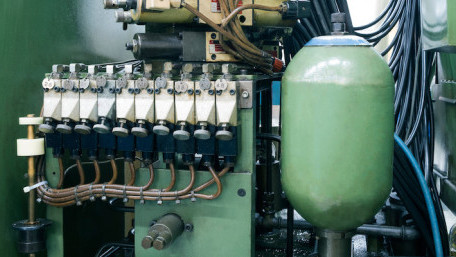
Hydraulic systems suffer from pressure drops and energy loss whenever any fluid is in motion. Learn about these devices…
Hydraulic systems suffer from pressure drops and energy loss whenever any fluid is in motion. Learn about these devices called ‘accumulators’. What are they, how do they work, and why do we need them?
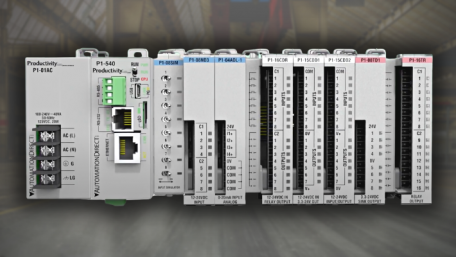
AutomationDirect’s Productivity line of PLCs is known for cost-effectiveness and ease of use. Learn how to build and…
AutomationDirect’s Productivity line of PLCs is known for cost-effectiveness and ease of use. Learn how to build and download a simple program using discrete input and output ladder commands.
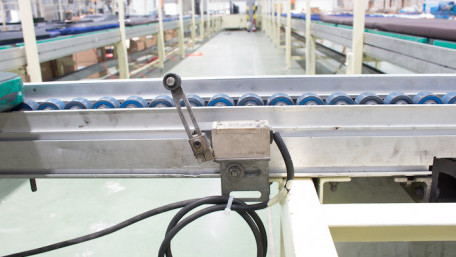
Limit switches are electromechanical devices that open or close contacts when external pressure is applied to an…
Limit switches are electromechanical devices that open or close contacts when external pressure is applied to an actuator. This solves a simple problem faced by motion devices: limiting movement
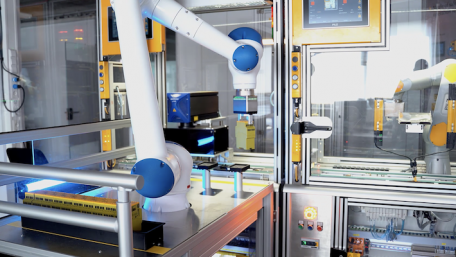
Engineering processes like robotics, feedback control, and security systems rely on position and distance sensors to…
Engineering processes like robotics, feedback control, and security systems rely on position and distance sensors to provide real-time information that enables machines to operate accurately and safely.
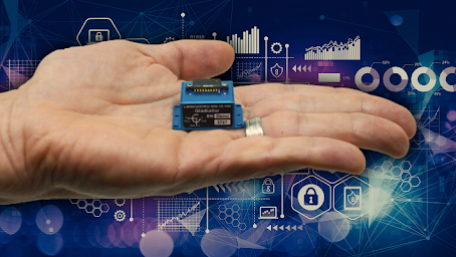
MEMS sensors enable the creation of highly sensitive, compact, and low-power devices for measuring quantities like…
MEMS sensors enable the creation of highly sensitive, compact, and low-power devices for measuring quantities like acceleration, magnetic fields, pressure, and more, and are found in automotive safety systems, navigation, and environmental monitoring.
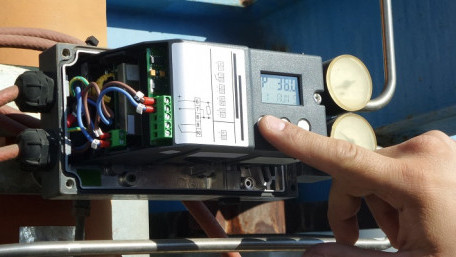
Calibration is performed on a regular basis to ensure proper measurement tool function, but how do we determine the…
Calibration is performed on a regular basis to ensure proper measurement tool function, but how do we determine the proper interval? Factors include environment, usage, and level of dependence on proper function.
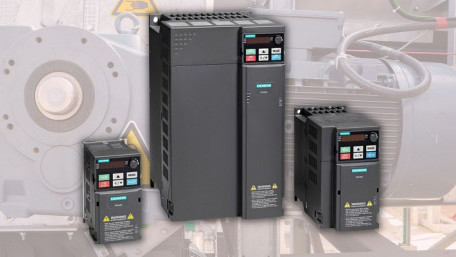
Many VFDs use digital inputs to control operation, rather than PLC-driven network communications. Learn about 2-wire and…
Many VFDs use digital inputs to control operation, rather than PLC-driven network communications. Learn about 2-wire and 3-wire digital input control schemes for ABB, Omron, Rockwell, and others.
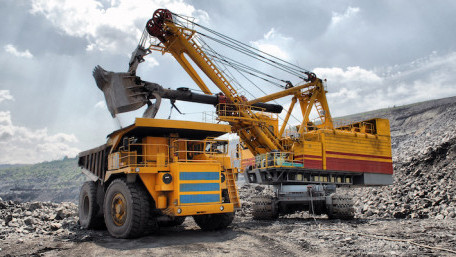
There are many different kinds of electric motors used for industrial power transfer, but there are also hydraulic and…
There are many different kinds of electric motors used for industrial power transfer, but there are also hydraulic and pneumatic motors that can lend advantages in some situations.
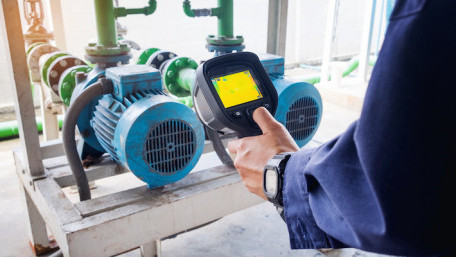
Converting thermal energy into electrical signals, temperature sensors such as RTDs and thermocouples are fundamental in…
Converting thermal energy into electrical signals, temperature sensors such as RTDs and thermocouples are fundamental in the maintenance and operation of industrial environments and equipment.
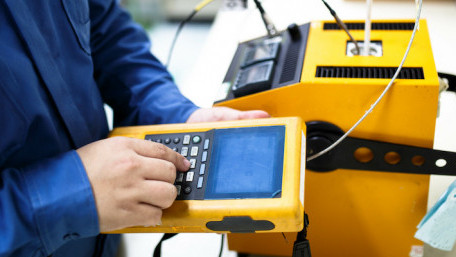
Calibration can be a time-consuming process requiring expensive traceable tools, but high-accuracy signals result in…
Calibration can be a time-consuming process requiring expensive traceable tools, but high-accuracy signals result in higher-quality products, better customer satisfaction, and, ultimately, greater returns.
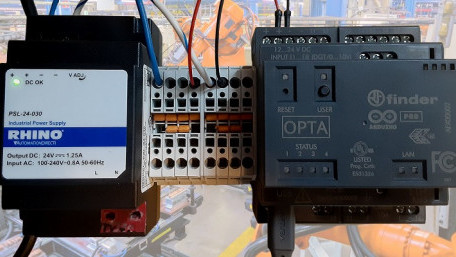
Arduino’s Opta mini PLC platform is supported by the new PLC IDE. Learn to create and download your first program and…
Arduino’s Opta mini PLC platform is supported by the new PLC IDE. Learn to create and download your first program and take advantage of built-in I/O for an easy introduction to the platform.

Cybersecurity is all about processes and people. A lot of threats can be mitigated through technology, but only if people…
Cybersecurity is all about processes and people. A lot of threats can be mitigated through technology, but only if people understand how cybersecurity affects control systems and related technology.
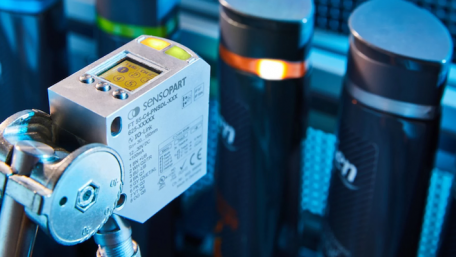
Optical sensors are one of the most popular sensor types in industrial automation. This article covers optical sensor…
Optical sensors are one of the most popular sensor types in industrial automation. This article covers optical sensor basics and commonly used types, including fiber optic, photoelectric, and optical encoders.
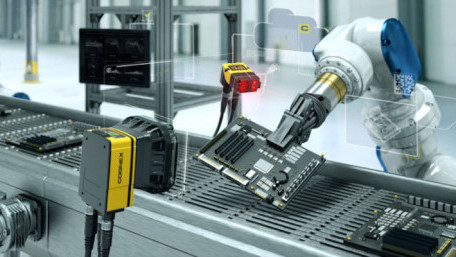
Industrial sensors can be found in nearly every modern industrial process, regardless of complexity. Learn the history,…
Industrial sensors can be found in nearly every modern industrial process, regardless of complexity. Learn the history, evolution, and variety of sensors that make manufacturing the modern marvel we see today.
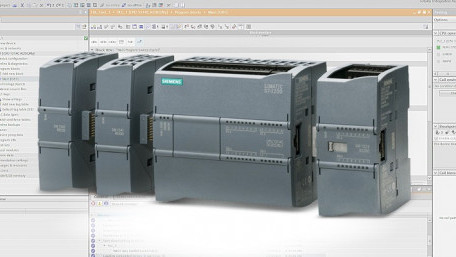
Programming simple coil and contact commands is an easy matter in most PLC IDEs. Connecting and configuring analog inputs…
Programming simple coil and contact commands is an easy matter in most PLC IDEs. Connecting and configuring analog inputs can be more challenging with various bit resolutions and conversion commands.
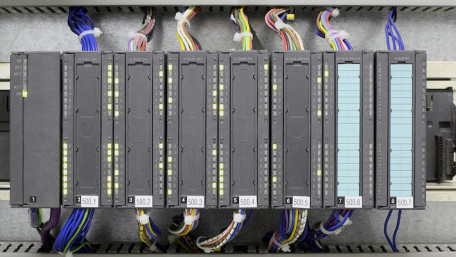
Insufficient controller memory can result in reduced HMI and SCADA response speed and longer scan times. Know the…
Insufficient controller memory can result in reduced HMI and SCADA response speed and longer scan times. Know the differences between RAM, ROM, and removable memory, and how to keep program sizes in check.

Computers understand values as long strings of binary bits, but we humans convert them to other systems for convenience.…
Computers understand values as long strings of binary bits, but we humans convert them to other systems for convenience. Decimal makes sense, but what about hexadecimal and the lesser-known octal systems?
